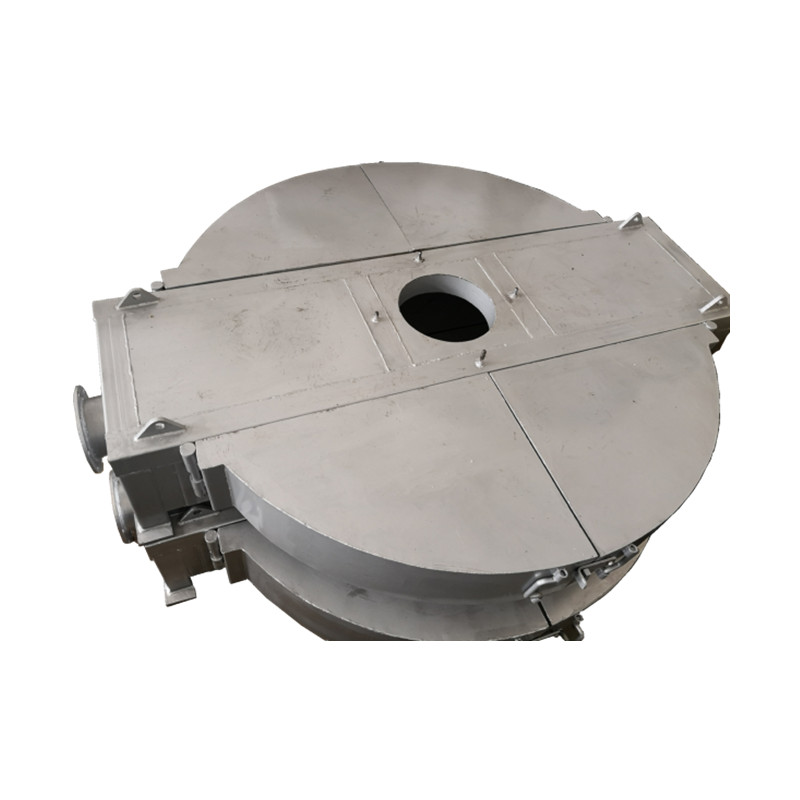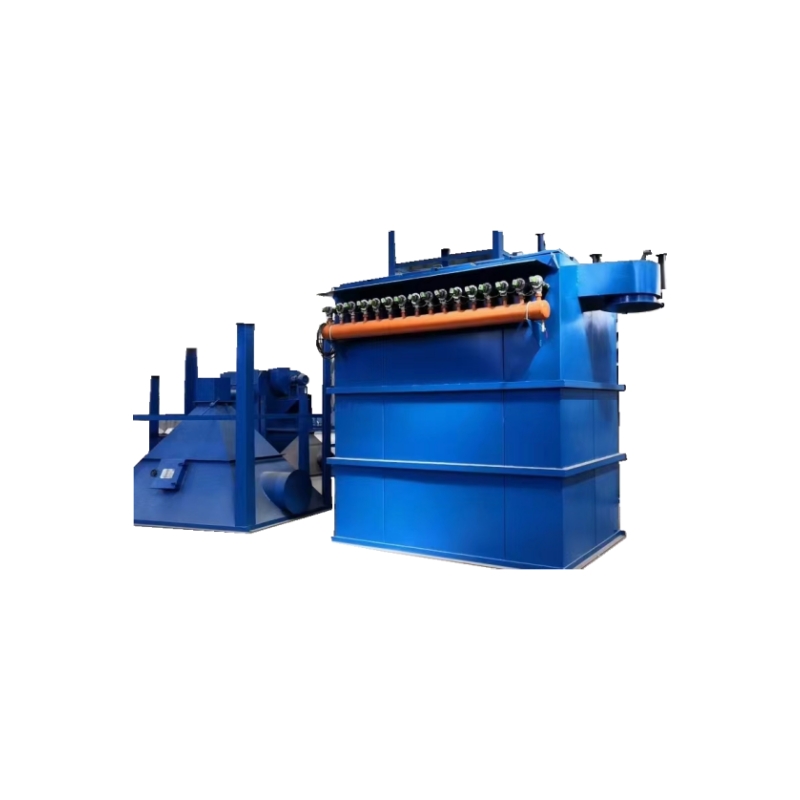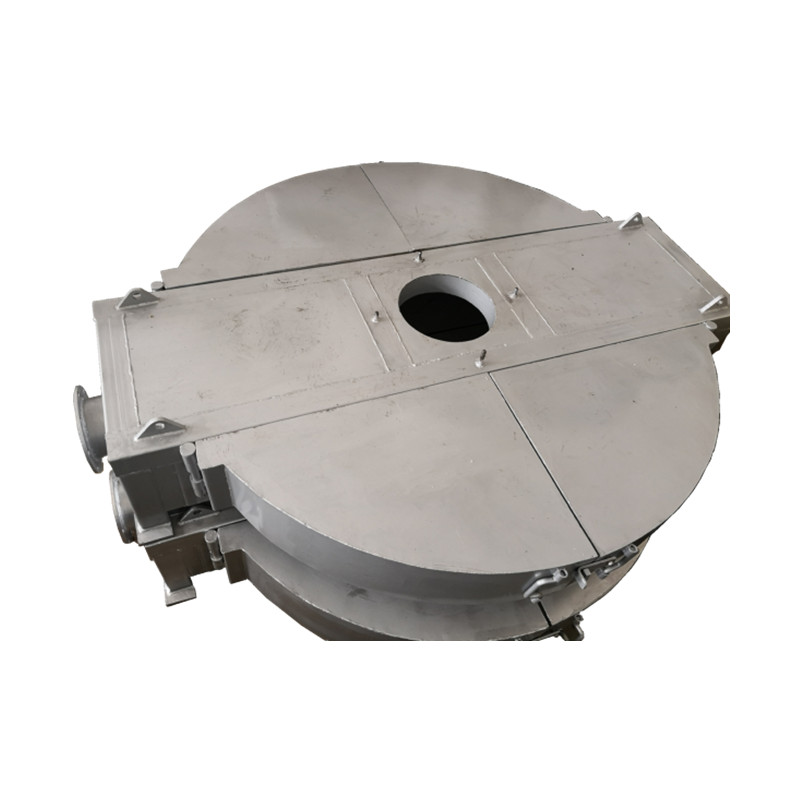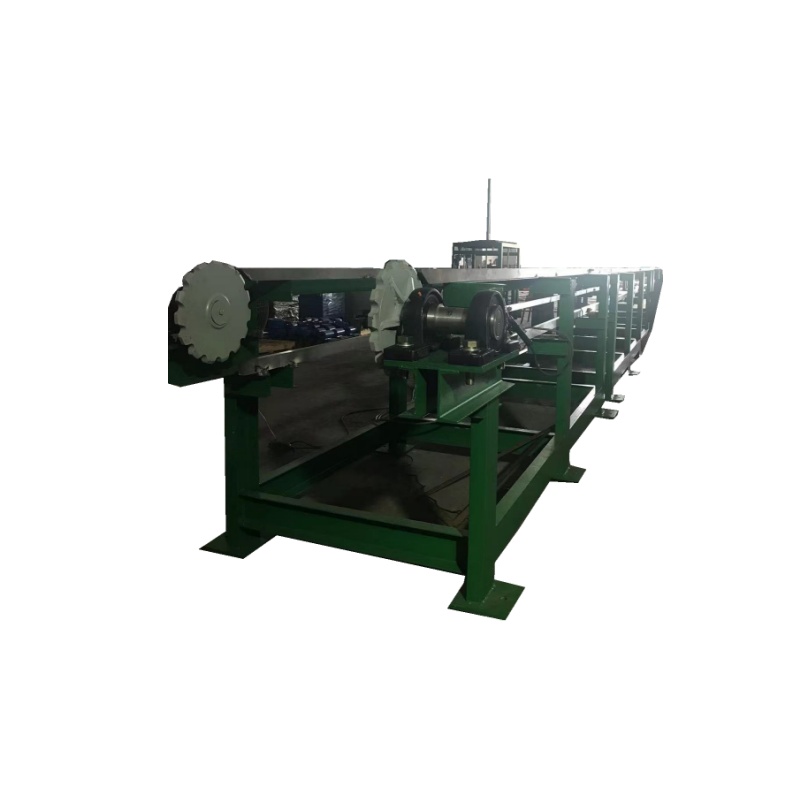The leading rotary furnace is a highly efficient equipment for metal recovery and processing. In this article, the principles, applications, and advantages and disadvantages of leading rotary furnaces will be described in detail.
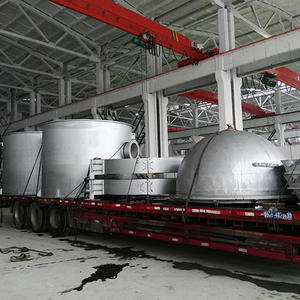
Leading Rotary Furnace Fundamentals
The leading rotary furnace is a high-temperature processing equipment using multi-stage reaction technology. The basic principle is to input waste and discarded materials into a rotary furnace, use high temperature and chemical reactions to break them down, and recover valuable metal components in the process. Usually, a leading rotary furnace consists of several furnace bodies with different functions, including the inlet, preheating zone, combustion zone, porcelain crucible and outlet. Among them, the feed port is used to put waste materials into the rotary furnace, the preheating zone is used to raise the temperature of the materials to a high enough temperature, and the combustion zone provides the required high temperature conditions to dissolve and evaporate the metal materials, and finally through the discharge The mouth outputs the product.
Leading Rotary Furnace Applications
Leading rotary furnaces are widely used in the processing and recycling of scrap metal and non-metal materials, including scrap cables, scrap auto parts, scrap aluminum, etc. Compared with the traditional smelting process, the leading rotary furnace has the following advantages:
Efficient: The leading rotary furnace adopts multi-stage reaction technology, which makes the chemical reaction fully proceed, thus improving the metal recovery rate and output.
Environmental protection: The leading rotary furnace can effectively process waste materials and reduce environmental pollution. In addition, the technology can recover valuable components from waste materials, reducing the consumption of natural resources.
Flexibility: The leading rotary furnace is suitable for a variety of different types and shapes of waste materials, with strong processing capacity and flexibility.
Economical: Leading rotary kilns can recover valuable components in waste materials and make them reusable. This can not only reduce the production cost of enterprises, but also provide more resources for the society.
Pros and Cons of Leading Rotary Furnaces
Apart from the advantages mentioned above, there are also some disadvantages of the leading rotary furnaces. First of all, due to the high temperature and chemical reaction process of the rotary furnace, there are potential safety hazards and environmental pollution risks. Second, state-of-the-art rotary furnaces consume a lot of energy and are therefore expensive. In addition, due to the different quality and composition of waste materials, metal recovery and yield may be affected.
Overall, the leading rotary furnace is an efficient, environmentally friendly, flexible and economical scrap metal processing equipment. Although it also has some shortcomings, these problems can be solved through technical improvement and management measures. With the improvement of environmental awareness and the emphasis on resource utilization, leading rotary furnaces will be widely used and developed in the future.
 English
English  Español
Español  Português
Português  русский
русский  français
français  日本語
日本語  Deutsch
Deutsch  Tiếng Việt
Tiếng Việt  Italiano
Italiano  Nederlands
Nederlands  ไทย
ไทย  Polski
Polski  한국어
한국어  Svenska
Svenska  Malay
Malay  বাংলা
বাংলা  हिन्दी
हिन्दी  Pilipino
Pilipino  Türk
Türk  عربى
عربى  Indonesia
Indonesia  norsk
norsk  čeština
čeština  Українська
Українська  Javanese
Javanese  فارسی
فارسی  తెలుగు
తెలుగు  Burmese
Burmese  български
български  Latine
Latine  Azərbaycan
Azərbaycan  Српски
Српски  Esperanto
Esperanto  Afrikaans
Afrikaans  Català
Català  Cymraeg
Cymraeg  Беларус
Беларус  Hrvatski
Hrvatski  Kreyòl ayisyen
Kreyòl ayisyen  Shqiptar
Shqiptar  Bosanski
Bosanski  Кыргыз тили
Кыргыз тили  ಕನ್ನಡ
ಕನ್ನಡ  IsiXhosa
IsiXhosa  Chichewa
Chichewa  Somali
Somali  O'zbek
O'zbek  հայերեն
հայերեն  Sundanese
Sundanese  Malagasy
Malagasy 

